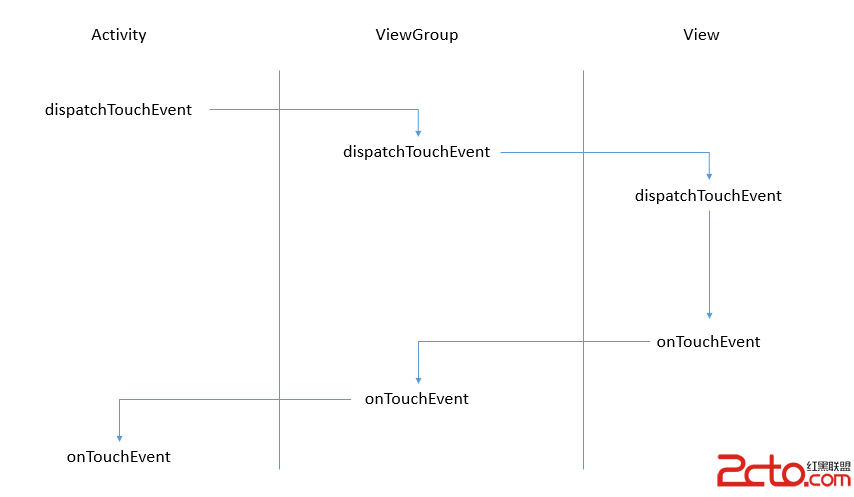編輯:關於android開發
1.使用SQLite的API來進行數據庫的添加、刪除、修改、查詢
package com.example.sqlitedatabase.test;
import android.content.ContentValues;
import android.database.Cursor;
import android.database.sqlite.SQLiteDatabase;
import android.test.AndroidTestCase;
import com.example.sqlitedatabase.MyOpenHelper;
public class JunitTest2 extends AndroidTestCase{
private MyOpenHelper helper;
private SQLiteDatabase db;
@Override
protected void setUp() throws Exception {
// TODO Auto-generated method stub
super.setUp();
helper = new MyOpenHelper(getContext(), "emp.db", null, 1);
db = helper.getWritableDatabase();
}
@Override
protected void tearDown() throws Exception {
// TODO Auto-generated method stub
super.tearDown();
db.close();
}
public void test() {
}
public void insertAction() {
db.execSQL("insert into Emp(name,salary) values('張無忌','12000')");
db.execSQL("insert into Emp(name,salary) values('趙敏','11000')");
db.execSQL("insert into Emp(name,salary) values('謝遜','16000')");
}
public void deleteAction() {
db.execSQL("delete from Emp where name = '趙敏'");
}
public void updateAction() {
db.execSQL("update Emp set salary = '18000' where name = ?",
new Object[] { "謝遜" });
}
public void selectAction() {
Cursor c = db.rawQuery("select * from Emp", null);
while (c.moveToNext()) {
String id = c.getString(c.getColumnIndex("id"));
String name = c.getString(c.getColumnIndex("name"));
String salary = c.getString(c.getColumnIndex("salary"));
System.out.println(id + " , " + name + " , " + salary);
}
}
public void insertAPI() {//添加
ContentValues values = new ContentValues();//相當於map
//添加的時候key一定要是Emp表中存在的字段
values.put("name", "洪七公");
values.put("salary", "5000");
//insert(String table, String nullColumnHack, ContentValues values)
db.insert("Emp", null, values);
}
public void deleteAPI() {//刪除
/*
* delete(String table, String whereClause, String[] whereArgs)
* whereClause
* the optional WHERE clause to apply when deleting. Passing null will delete all rows.
* whereArgs
* You may include ?s in the where clause, which will be replaced by the values from whereArgs. The values will be bound as Strings.
*/
int columns = db.delete("Emp", "name = ?", new String[] { "謝遜" });
System.out.println("行數:" + columns);
}
public void updateAPI() {//修改
ContentValues values = new ContentValues();
values.put("salary", 500);
//update(String table, ContentValues values, String whereClause, String[] whereArgs)
int columns = db.update("Emp", values, "name = ?",new String[] { "張無忌" });
System.out.println("行數:" + columns);
}
public void selectAPI() {//查詢
//query(String table, String[] columns, String selection, String[] selectionArgs, String groupBy, String having, String orderBy)
Cursor c = db.query("Emp", new String[] { "name", "salary" }," id > ?", new String[] { "1" }, null, null, null);
System.out.println("ID大於1的人有:" + c.getCount() + "個人");
while (c.moveToNext()) {
String name = c.getString(c.getColumnIndex("name"));//獲取name字段對應的下標
String salary = c.getString(c.getColumnIndex("salary"));
System.out.println(name + " , " + salary);
}
}
public void transaction() {
try {
db.beginTransaction();// 開始事務
ContentValues values = new ContentValues();
values.put("salary", 300);
db.update("Emp", values, "name = ?", new String[] { "張無忌" });
values.clear();
int r = 4 / 0;// 模擬錯誤
values.put("salary", 5200);
db.update("Emp", values, "name = ?", new String[] { "洪七公" });
db.setTransactionSuccessful();
} catch (Exception e) {
System.out.println("事務回滾啦");
} finally {
db.endTransaction();//結束事務的同時會提交
}
}
}
 Android屏幕計量單位詳解,android計量單位
Android屏幕計量單位詳解,android計量單位
Android屏幕計量單位詳解,android計量單位1.px (pixels)(像素):是屏幕的物理像素點,與密度相關,密度大了,單位面積上的px會比較多。通
 Android中TouchEvent觸摸事件機制
Android中TouchEvent觸摸事件機制
Android中TouchEvent觸摸事件機制 當我們的手指在Android屏幕上點擊或滑動時,就會觸發觸摸事件TouchEvent。在App中ViewGroup和Vi
 1. 從系統架構到Hello World,系統架構hello
1. 從系統架構到Hello World,系統架構hello
1. 從系統架構到Hello World,系統架構helloAndroid起源與發展: Android操作系統最初在2003年的時候由Andy Rubin開發,主要支
 Android學習指南之四十四:用戶界面View之Tab標簽頁
Android學習指南之四十四:用戶界面View之Tab標簽頁
Tab標簽頁控件在很多編程技術中都能見到,它使得窗口顯示區能夠重復利用。在An